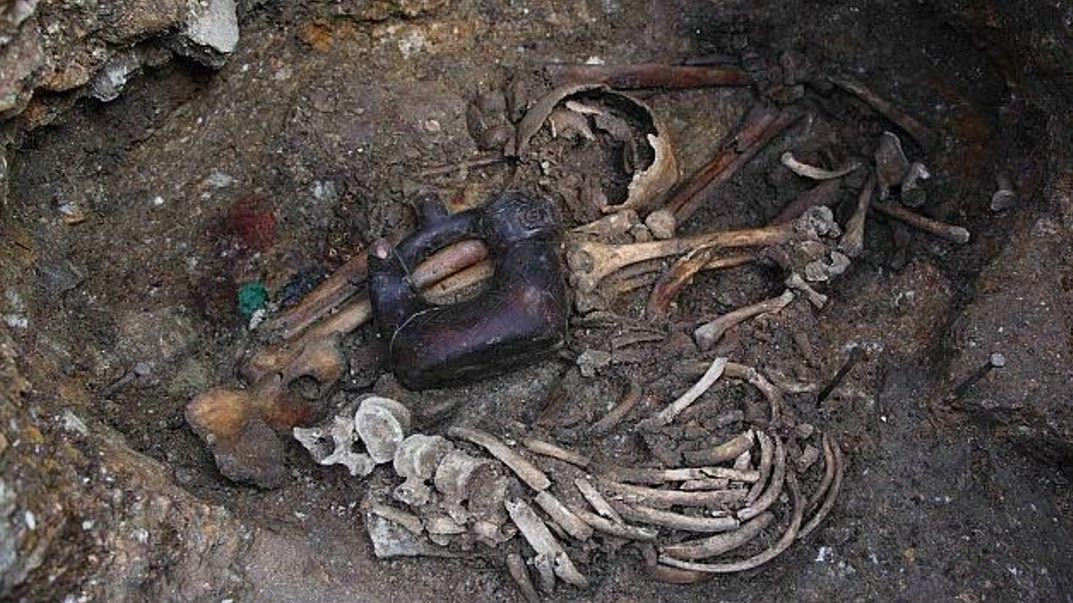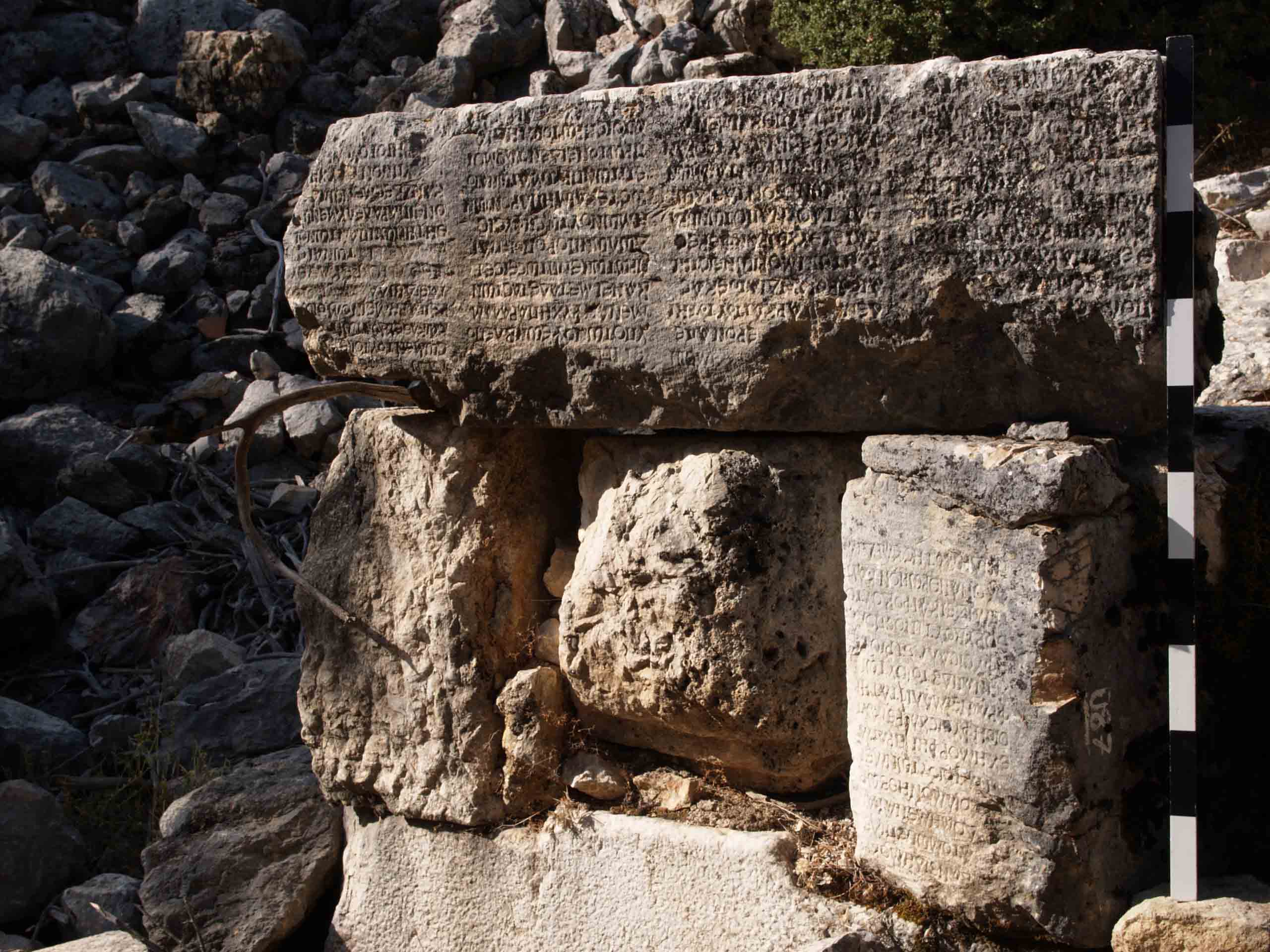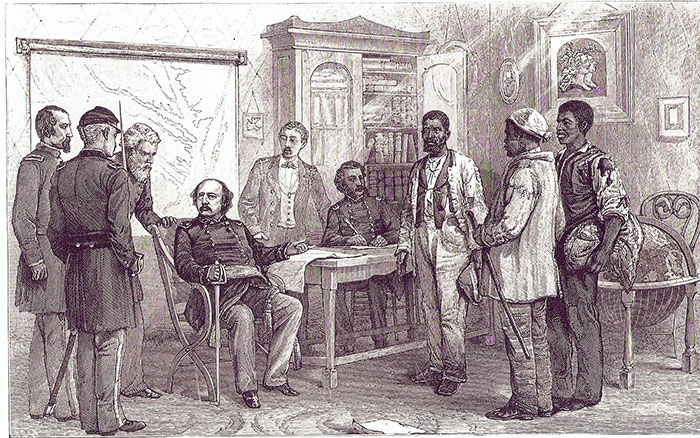
LIMA, PERU—An intact tomb containing the remains of two high priests has been discovered in the Cajamarca region of Peru by a team of Peruvian and Japanese researchers led by archaeologist Yuji Seki. Daniel Morales, co-director of the project, said that the 2,700-year-old tomb of the Pacopampa culture is being called the Tomb of the Serpent-Jaguar Priests because of a ceramic vessel in the shape of a serpent with a jaguar’s head that was found near one of the bodies. The other individual had been buried with a necklace of 13 oval-shaped gold beads engraved with figure eights. The tomb sits near a large square surrounded by stone walls accessed with two staircases. “Finding these remains in the same place where rituals and feasts were held, we assume they could have been priests in charge of ceremonies during this culture’s peak, between 800 and 500 B.C.,” Morales explained to The Latin American Herald Tribune. To read more, go to "The Water Temple of Inca-Caranqui."











